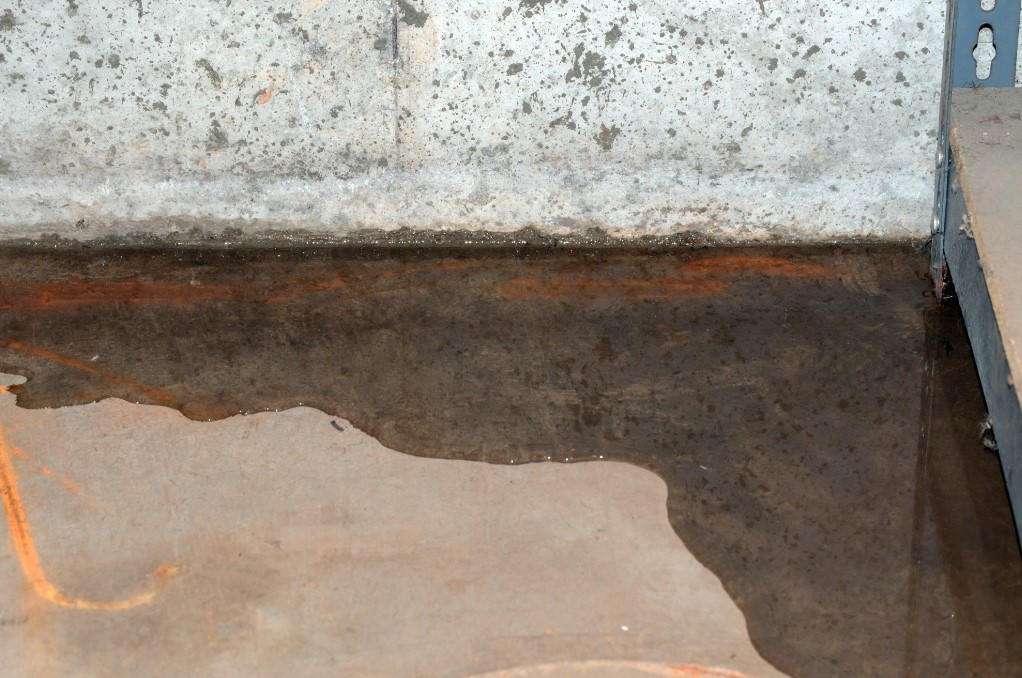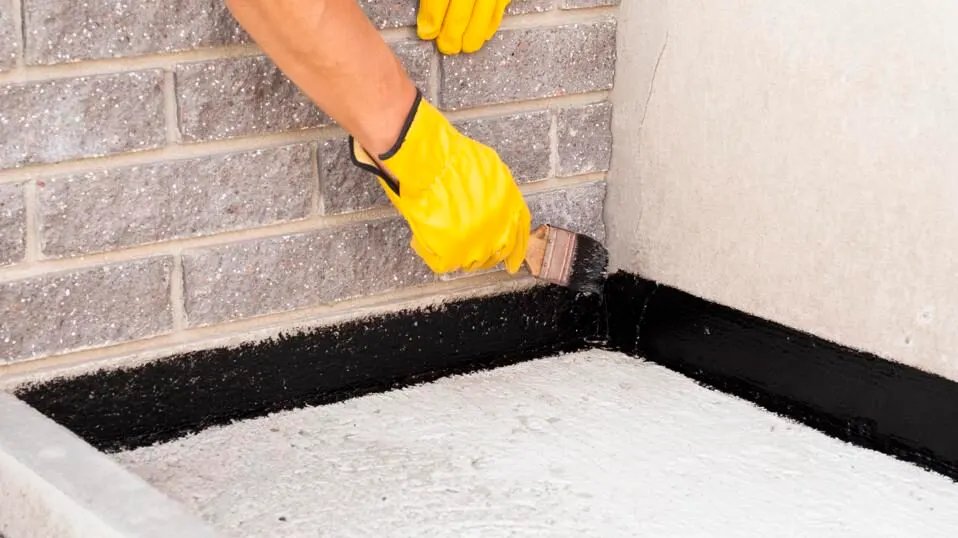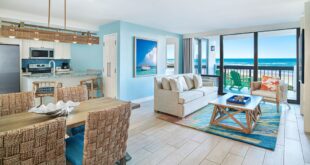Moisture issues can turn any homeowner’s dream into a costly nightmare. Spotting leaks in your walls early can prevent extensive damage. Acting swiftly ensures your space stays safe and dry, avoiding potential health and structural issues.
Key Points
- Look for stains, discoloration, and musty smells.
- Cracks or gaps in walls are early indicators of leaks.
- Excessive moisture can promote mold growth.
- Professional inspection is key for persistent issues.
- Basement waterproofing companies offer effective long-term solutions.
Signs of Leaks in Your Basement

Water issues in below-ground spaces often go unnoticed until damage becomes significant. Recognizing the early signs of leaks can save time and money. Pay attention to discoloration, damp patches, or efflorescence—white chalky residue—on your walls. These indicate water seeping through the concrete or brick.
Persistent musty odors often signal trapped moisture. Mold thrives in damp environments, so noticing black or green patches along corners is a major red flag. Flaking paint or bubbling along walls also suggests hidden water intrusion.
If you notice small pools of water near walls after rainfall, the issue might be more severe than it looks. Addressing the root cause is vital, whether it’s external drainage issues or cracks allowing water to penetrate.
Why Cracks Matter
Small cracks may seem harmless but often allow moisture to enter undetected. Seasonal expansion and contraction of soil put stress on your foundation, causing these cracks to widen over time. Tiny openings can lead to big problems.
Use a flashlight to inspect your walls closely. Hairline fractures in concrete should not be ignored. If the issue persists after patching, the problem likely stems from external hydrostatic pressure or poor drainage.
Who Can Help?

When water problems escalate, professionals are your best option. Experienced basement waterproofing companies like Foundation Waterproofing by Moe provide tailored solutions. Their team inspects the issue thoroughly, offering options like exterior excavation, internal drainage systems, or specialized coatings. Professional services ensure the problem is resolved effectively.
Common Causes of Water Intrusion
The root cause determines the solution. Common culprits include:
- Poor exterior drainage ─ Gutters and downspouts that don’t direct water away cause pooling near your foundation.
- Hydrostatic pressure ─ Groundwater pushing against walls leads to leaks, especially after heavy rain.
- Foundation cracks ─ Aging concrete develops gaps that let water seep in.
- Improper grading ─ The ground around your home should slope away from the structure.
- Old waterproofing systems ─ Worn-out or non-existent waterproofing layers no longer protect effectively.
Table of Common Issues and Solutions
| Problem | Signs | Solution |
| Poor drainage | Water pooling near home | Install proper drainage systems |
| Cracks in foundation | Visible fractures | Fill with epoxy or polyurethane |
| Mold growth | Musty odor, discoloration | Use dehumidifiers, professional cleaning |
| Hydrostatic pressure | Persistent dampness | External waterproofing |
| Improper grading | Water flowing toward house | Reshape landscaping |
Steps to Fix and Prevent Future Problems
- Identify the source ─ Inspect both inside and outside to find where water enters. Check gutters, soil grading, and the condition of walls.
- Seal cracks ─ Use high-quality materials like hydraulic cement for temporary fixes, but consult a professional for lasting repairs.
- Improve drainage ─ Ensure downspouts direct water at least 6-10 feet from your home.
- Use interior sealants ─ Products designed to block moisture can provide added protection.
- Hire experts ─ Professionals can handle external waterproofing or install sump pumps for persistent water problems.
Preventative Measures

Prevention is always better than repair. Regularly maintain gutters and check for soil erosion around your foundation. Conduct seasonal inspections of your space to spot issues early.
Investing in waterproofing not only protects your property but also improves resale value. Modern techniques, such as membrane coatings or French drains, offer reliable solutions for keeping walls dry.
FAQs
Can leaks lead to structural damage?
Yes, over time, water weakens the concrete and promotes cracks, compromising structural integrity.
How do I test for leaks?
Tape aluminum foil to a suspect area. If moisture forms on the wall-facing side, it’s a leak.
How much does professional waterproofing cost?
Costs vary based on the method used. Basic interior solutions might cost less, while external fixes can be more expensive.
What are the health risks of damp environments?
Mold growth can cause respiratory issues and allergies, especially for sensitive individuals.
How long does waterproofing last?
High-quality waterproofing solutions can last decades with proper maintenance.
Conclusion
Water intrusion is a problem no homeowner should ignore. Small signs often indicate larger issues waiting to unfold. Early detection and timely intervention save significant costs and prevent health hazards. By partnering with professionals and maintaining good practices, you can keep your home dry and safe.
 HQ Grande Prairie HQ Grandie Prairie is an online news portal aimed at providing latest day to day happenings of the World to its viewers.
HQ Grande Prairie HQ Grandie Prairie is an online news portal aimed at providing latest day to day happenings of the World to its viewers.

